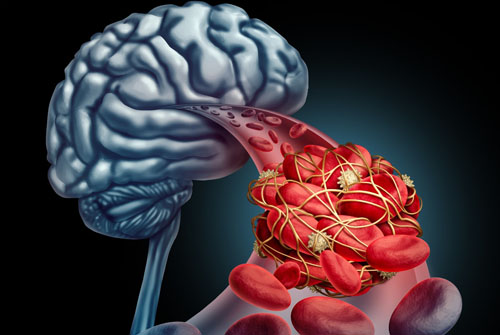- Login
- Cart{{shopingCartNum}}
- English
Blood pressure is an important indicator of cardiovascular health, with normal levels falling between 90-140 mmHg for systolic pressure and 60-90 mmHg for diastolic pressure in healthy individuals. Prolonged high blood pressure can lead to serious consequences such as cardiovascular diseases. However, in daily life, many people often overlook monitoring and regulating their blood pressure.

Dietary habits are key to regulating blood pressure. The Chinese Heart Healthy Diet provides a good example, recommending dietary principles such as balancing energy intake, consuming a variety of foods, opting for whole grains, choosing healthy proteins, substituting plant oils for animal fats, reducing the intake of sugary beverages and foods, selecting low-salt or salt-free foods, and limiting or abstaining from alcohol.
1. Fruits and Vegetables: Rich in potassium and fiber, fruits and vegetables aid in regulating blood pressure and preventing cardiovascular diseases. It is recommended to consume at least 5 servings of fresh fruits and vegetables daily, including whole grains, fruits, vegetables, fish, and nuts.
2. Fish: Rich in unsaturated fatty acids, fish helps lower cholesterol and blood pressure. It is recommended to consume fish at least twice a week.
3. Legumes: Legumes are rich in protein and dietary fiber, aiding in lowering blood pressure and preventing cardiovascular diseases. It is recommended to consume at least 30 grams of legumes daily.
4. Nuts: Nuts are rich in magnesium, potassium, and fiber, aiding in regulating blood pressure and preventing cardiovascular diseases. It is recommended to consume around 10 grams of nuts daily.

Exercise not only helps maintain a healthy weight but also effectively regulates blood pressure levels. Therefore, individuals with high blood pressure should engage in moderate-intensity aerobic exercise for at least 3-5 times a week, with each session lasting at least 30 minutes. Options include aerobic exercise, strength training, flexibility exercises, and functional exercises. When choosing an exercise regimen, individuals with high blood pressure should select appropriate activities and avoid vigorous exercise.
1. Walking: Walking is a simple and effective aerobic exercise that helps lower blood pressure and enhance cardiovascular health. Engaging in 30 minutes of walking daily can help individuals with high blood pressure reduce their blood pressure.
2. Jogging: Jogging is an aerobic exercise that can improve cardiorespiratory function and lower blood pressure. It is advisable for individuals with high blood pressure to engage in appropriate jogging under medical guidance.
3. Swimming: Swimming is a low-intensity aerobic exercise that can reduce body weight and lower blood pressure. Individuals with high blood pressure can opt for appropriate swimming exercises in shallow water.
It is important to note that individuals with high blood pressure should pay attention to the intensity and duration of exercise to avoid overexertion. Prior to exercising, individuals with high blood pressure should warm up appropriately to reduce the risk of exercise-related issues. If any abnormal conditions arise during exercise, it is crucial to stop exercising immediately and seek medical attention promptly.




